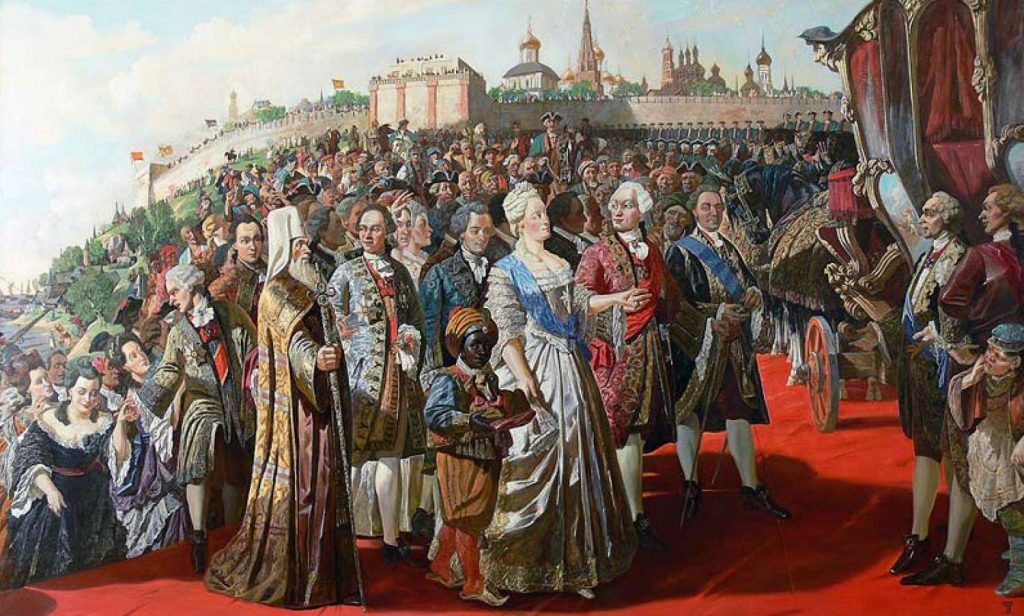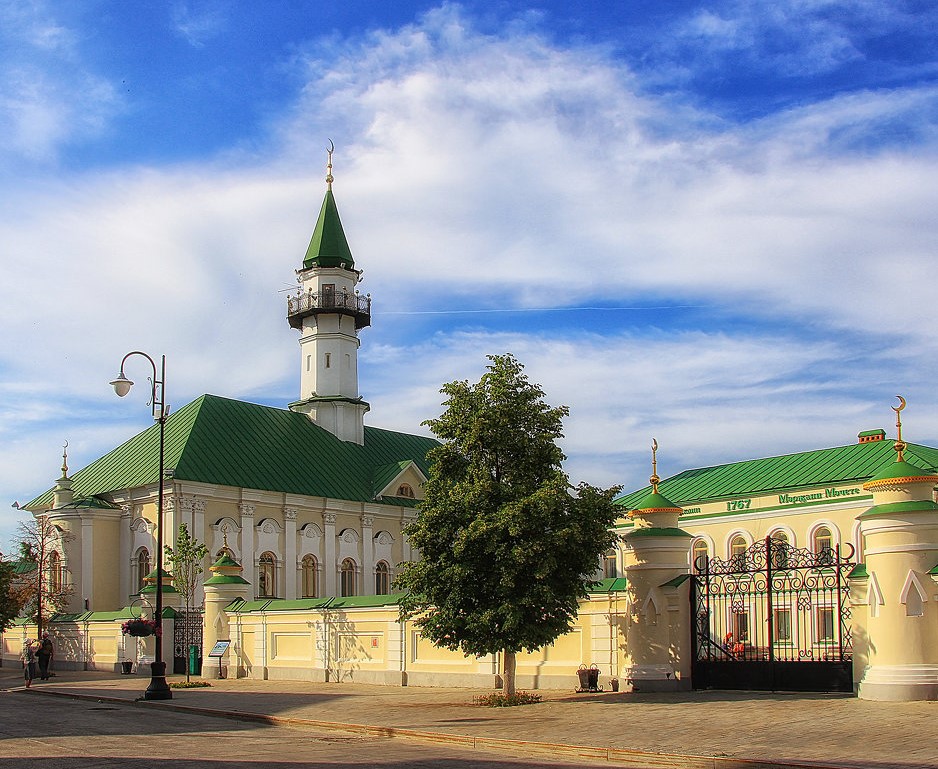Mosques of the Old Tatar settlement (Starotatarskaya Sloboda)

ii Russian State Historical Archives F. 796. Оп. 51. D.345. – P. 197 – 198.
iii the same
iv K.Nasyri Selected works – Kazan, 1977. – P. 14.
v K.Nasyri Selected works- Kazan, 1977 –P. 15.
Other publications
All publicationsApril 2
History of Islam
According to legend, Islam have originated in A.D. 610, when Muhammad first said the 5 verses of the Holy Book. After that, he preached the new creed in secret for three years. The first 40 adepts who entrusted themselves and their fate to Allah were people close to the Prophet: his relatives and friends.

August 29
The First Cathedral Mosque - Marjani
The Marjani Mosque is one of the first mosques of the city of Kazan, built with the personal permission of Catherine the Great.

